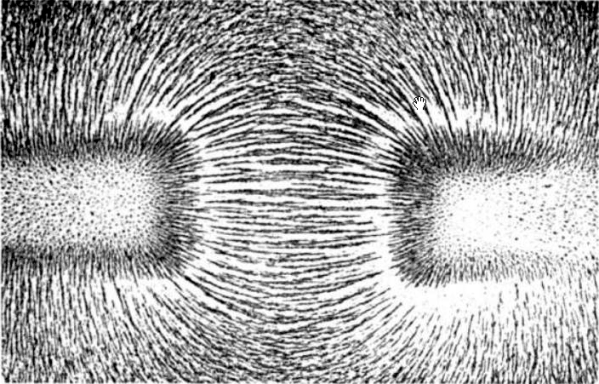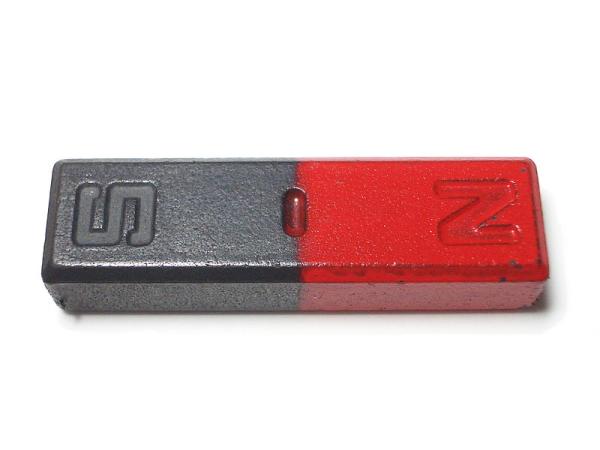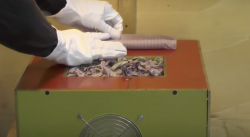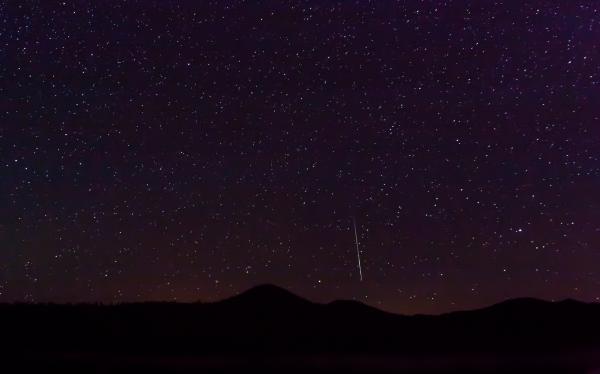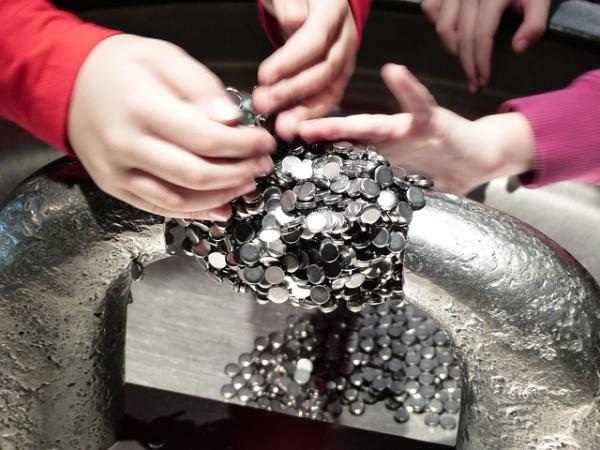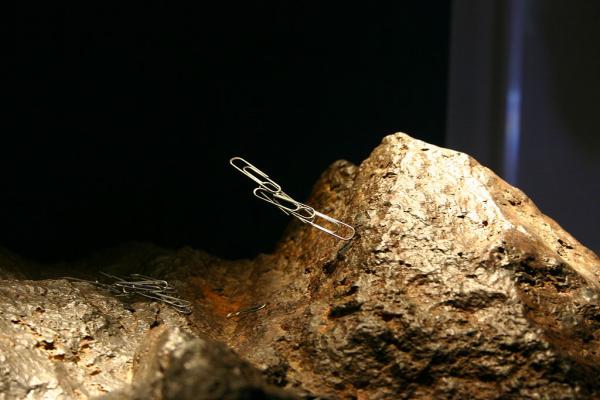Magnet Facts
-
What is Gauss Rating and How to Use a Gauss Meter
First, to understand what a gaussmeter is, we need to know what gauss rating means. Gauss is the unit that measures magnetic field B, or magnetic flux density. It was named for the German mathematician and physicist that built the early instrument to measure magnetic fields, Carl Friedrich Gauss. His version was essentially a bar magnet suspended by some string. Continue reading → -
Music and Magnets
Did you know that magnets are in some musical instruments? In fact, musical instruments like the electric guitar may not have been invented without the help of magnets. In order to amplify the sound emitted from an instrument, the electric guitar was invented by George Beauchamp and Adolph Rickenbacker in the 1930s. Beauchamp and Rickenbacker built an electromagnetic pickup, a device that captures mechanical vibrations and transmits them as an electrical signal. This device was created by wrapping coils of wire around a magnet to create a magnetic field that allowed the sounds to be amplified and recorded and alas, created the electric guitar. In honor of the long, melodious relationship between magnets and music, we have compiled a list of some of our other favorite musical magnetic innovations. Continue reading → -
Weird Magnet Facts: Cow Magnets
Here’s a weird magnet fact for your week━somewhere, there’s a magnet in the stomach of a cow. Magnets are commonly used by farmers and ranchers to prevent Hardware disease, also called bovine traumatic reticuloperitonitis. Because cows do not discern objects with their mouth when eating and often swallow food whole, they are prone to eat dangerous metal objects like nails or wire. If one of these sharp objects were to pass through the reticulum it can puncture vital organs, causing pain and even death depending on where and how far the object travels. Because the stomach is so close to the heart in cattle, the most serious cases of Hardware disease are the result of an object piercing the heart and causing failure. Continue reading → -
Weird Magnet Fact: Animals Sense Earth’s Magnetic Field
Unless we have magnetic implants or are cyborgs, humans don’t really detect the Earth’s magnetic field. Sure, we know that it exists thanks to the contributions from various scientists like William Gilbert and Walter M. Elsasser. But, we don’t naturally sense it. Yet, certain animals do sense the Earth’s magnetic field and even use it to guide them like a GPS, or navigation system. The first recorded observation that suggested animals have a magnetic ‘sixth sense’ occurred in 1957 when a researcher in Germany noticed that robins in a cage were getting restless during the migratory season. Since then, a number of studies have been done on various species to test whether or not they had the same magnetic detection abilities. Here are a few animals that some scientists believe can sense the magnetic field and how they use it. Continue reading → -
How Magnets Are Used In Prosthetics
Magnets are in so many items that we use today, that we often do not even realize it. Much like screws and bolts, magnets have become a typical component in various machinery, technology and other devices. A prosthetic, is just one example of a device in which you’ll likely find magnets. Believe it or not, they are commonly used in certain types of prosthetics, both for limb mobility and for cosmetic purposes. More often though, they are used to secure facial prosthetics in place. Continue reading → -
What Are Magnetic Poles and How to Identify Them
All magnets have exactly two poles-a north and a south. Some scientists theorize that a magnet with one pole called a monopole is possible, but the feat has yet to be achieved. In fact, if you were to take a bar magnet and cut it in half, the two pieces would separate and form new sets of poles. In other words, no matter how many times you cut the magnet, the pieces will have a North and a South pole. Continue reading → -
Meteorites and Magnetism
Did you catch the Perseid meteor shower last night? If you did, then you know firsthand just how magical it can be to watch these tiny bits of space soar into the atmosphere. The Perseid meteor shower is one of the biggest celestial events of the year. Occurring annually, the shower is a result of the Earth passing through the debris of the comet Swift-Tuttle. Most meteors are disintegrated by the gases in the atmosphere and never make it to the surface. Once in a blue moon, a meteor lands on the ground, and then we have a meteorite. Continue reading → -
6 Things That You May Not Know About Magnets and Magnetism
Magnetism is one of the most mysterious and powerful forces in the world. There are several things that we still have yet to learn about magnets and magnetic energy. However, there are also some very interesting magnet facts that you may not know yet. We have gathered six of the most interesting and little-known magnet facts below: Continue reading → -
The First Discovery of Magnetism: Lodestone
If you are a magnet enthusiast or geology buff, you may have heard of a magnetic stone known as lodestone. The properties and origins of this magnetic material make it quite an interesting study. Lodestone has been linked as far back as 600 BC and is often cited in history as the first indication of magnetism, leading to further magnetic discoveries like the early compass in China. Continue reading →

